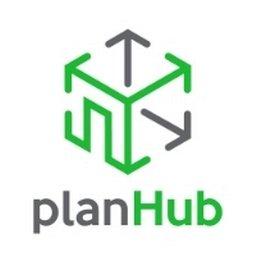Data Integration
Data integration in PHP roles involves the technical processes and strategies used to combine data from disparate sources into a single, unified, and coherent view. Developers in these positions build the pipelines and systems that allow different applications, databases, and services to communicate and share information seamlessly.
This is a crucial function in modern enterprises that rely on multiple software systems, from CRMs and ERPs to microservices and third-party APIs. Effective data integration ensures consistency, improves efficiency, and enables more powerful data analysis across the organization.
Typical Responsibilities in Data Integration
The work often revolves around creating, maintaining, and optimizing data flows between systems.
- Developing ETL (Extract, Transform, Load) processes to move and reformat data.
- Building custom API clients and endpoints to facilitate data exchange.
- Using message queues (e.g., RabbitMQ, SQS) to create resilient, asynchronous data pipelines.
- Synchronizing data between on-premise legacy systems and modern cloud-based applications.
- Ensuring data quality, consistency, and integrity throughout the integration process.
Essential Competencies
A strong combination of backend development skills and architectural understanding is required.
- Advanced proficiency in PHP and SQL.
- Experience designing and consuming RESTful or GraphQL APIs.
- Knowledge of common data formats like JSON, XML, and CSV.
- Familiarity with messaging systems and event-driven architecture.






